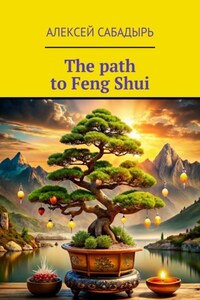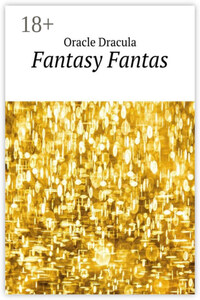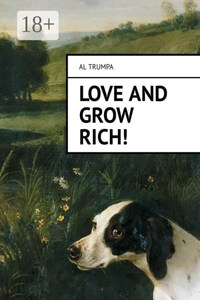The path to Feng Shui
Chapter 1; Feng Shui: an ancient art and science
Feng Shui is an ancient Chinese practice that seeks to create harmony and balance between people and their environment. It is a system based on the belief that chi energy flows through all living things and that we can direct this energy to improve our lives.
History of Feng Shui
Feng Shui originated in China over 3,000 years ago. It was originally used to select auspicious locations for the construction of homes, palaces, and tombs. Over time, Feng Shui was applied to other aspects of life, such as interior design, landscaping, and even business.
Feng Shui today
Today, Feng Shui is widely practiced throughout the world. It has become a popular way to improve health, well-being, and success. Feng Shui can be used to create a more harmonious and balanced home, workplace, or any other space.
Benefits of Feng Shui
Using Feng Shui can have many benefits, including:
Increased health and well-being
Improved concentration and productivity
Enhanced sleep
More harmonious relationships
Increased success in business and career
Feng Shui is not a religion
It is important to note that Feng Shui is not a religion. Rather, it is a philosophy and practice that can be integrated into any lifestyle. Feng Shui is based on observations of nature and human behavior, and offers practical tips for creating a more harmonious and balanced environment.
How to use Feng Shui
There are many ways to use Feng Shui in your life. You can start with simple changes to your home or workspace. For example, you can rearrange your furniture to improve the flow of chi, or add plants to bring life force into the space. You may also want to consult a professional Feng Shui consultant who can help you create a more detailed plan for your specific home or business.
Feng Shui is a powerful tool that can be used to create a more harmonious and balanced life. By making a few simple changes to your environment, you can improve your health, well-being, and success.
Chapter 2: Feng Shui basics: the five elements and eight trigrams
Feng Shui is deeply rooted in Chinese philosophy, particularly Taoism. At the core of this ancient practice is the concept of the five elements and eight trigrams.
The five elements
The five elements – wood, fire, earth, metal, and water – represent the basic building blocks of the universe. They have different properties and interact with each other in a certain way:
Wood: growth, creativity, freshness
Fire: warmth, energy, strength
Earth: stability, reliability, support
Metal: determination, clarity, precision
Water: flexibility, adaptability, intuition These elements are in a continuous cycle of creation and destruction:
wood creates fire
fire creates earth
earth creates metal
metal creates water
water creates wood
The elements also destroy each other:
wood destroys earth
earth destroys water
water destroys fire
fire destroys metal
metal destroys wood
Eight trigrams
The eight trigrams are eight different combinations of three solid or broken lines. They represent different basic principles of nature and human existence:
(Heaven): strong, creative, powerful
Dui (Lake): joyful, sociable, open
Li (Fire): bright, passionate, inspiring
Zhen (Thunder): moving, decisive, exciting
Xun (Wind): penetrating, flexible, soft
Kan (Water): deep, intuitive, receptive
Gen (Mountain): still, stable, calm
Kun (Earth): fertile, supportive, nourishing
Trigrams also have their opposites, which create binary combinations:
Heaven and earth
Lake and thunder
Fire and wind
Water and mountain
Combination of elements and trigrams
In Feng Shui, each of the five elements is associated with two trigrams:
Wood: dui and zhen
Fire: li and kan
Earth: gen and kun
Metal: qian and xun
Water: kan and gen
These associations are used to create feng shui maps known as bagua, which divide space into eight sections, each corresponding to a specific element and trigram.
Understanding the relationships between the five elements and the eight trigrams is the foundation for creating harmonious and auspicious spaces using feng shui.
Chapter 3: Chi: The life force of your home
In feng shui, chi is the central energy. It is the life force that permeates all living things, including our homes. Chi is constantly moving and flowing, and its quality and flow in our living spaces has a profound impact on our well-being.
Signs of bad qi
Stagnant air
Dark, cluttered spaces
Wilting plants
Faulty appliances
Sharp corners and edges
Lack of natural light
Signs of good qi
Fresh, flowing air
Bright, spacious spaces
Healthy new, thriving plants
Well-functioning appliances
Smooth edges and curved lines
Abundant natural light
How to improve the flow of chi in your home
Ventilate regularly:
Open windows and doors to ventilate the room and allow fresh air to flow.
Remove clutter, dust, and stagnant energy by cleaning regularly.
Arrange furniture so that chi can flow freely:
Avoid blocking passageways and leave space for movement.














